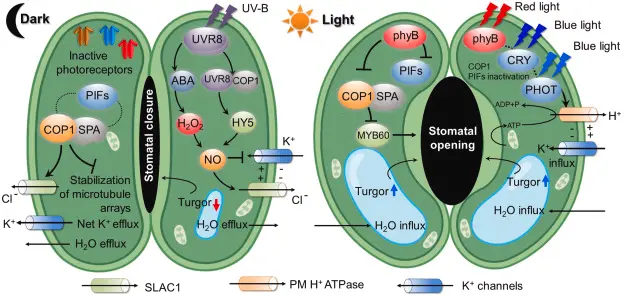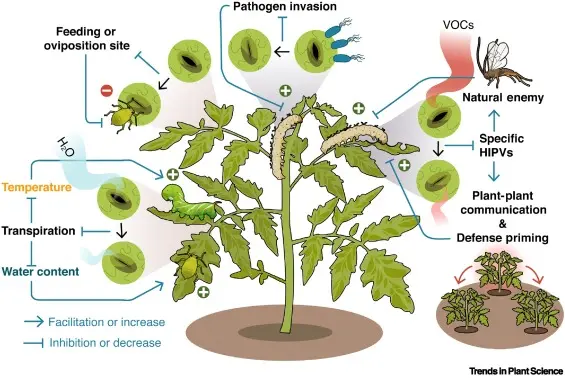Understanding Stomatal Photosynthesis: Mechanisms and Adaptations
Stomata are tiny pores found on the surface of plant leaves that play a crucial role in regulating gas exchange. While their primary function is to allow carbon dioxide (CO₂) to enter the plant for photosynthesis, stomata also control water loss through transpiration. This balance between CO₂ intake and water loss is critical for photosynthesis efficiency, making stomatal function a key factor in plant productivity and survival.
The Mechanism Behind Stomatal Regulation
When plants are exposed to light, they need to absorb CO₂ for the process of photosynthesis. Stomata open to facilitate this uptake, but they must also ensure that water loss doesn’t exceed the plant’s ability to retain moisture. This delicate balance is controlled by the guard cells surrounding each stoma. These guard cells regulate their turgor pressure in response to various environmental signals such as light intensity, humidity, and CO₂ concentration.
In bright light, guard cells typically become turgid, causing the stomata to open and allow maximum CO₂ intake. However, under water stress or high temperatures, plants can close their stomata to minimize water loss, even if it means reducing CO₂ intake. This is an adaptive response to ensure survival, though it can limit photosynthetic rates during drought conditions.
Adaptations to Environmental Stress
Plants have evolved several mechanisms to adapt stomatal function to different environmental conditions. For instance, in dry or high-temperature climates, plants often have fewer stomata or stomata that are smaller in size, which helps conserve water. Some plants, known as CAM plants (like cacti), take this further by opening their stomata at night when the temperature is cooler and humidity is higher, allowing them to capture CO₂ without excessive water loss.
In contrast, plants in cooler, wetter environments might have more open stomata for most of the day, maximizing CO₂ absorption to fuel photosynthesis.

